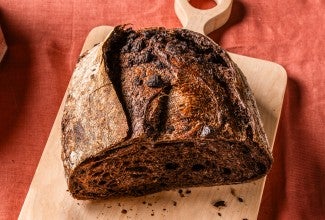Rye Sourdough Starter
Are you a devoted rye bread baker looking to develop a rye starter for your sourdough rye recipes? Here's a simple way to turn some of the discard from your current sourdough starter into a rye starter you can maintain and use for all your rye baking needs.


















